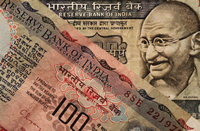Dorling Kindersley Limited
The Penguin Group
Published by the Dorling Kindersley Limited,
80 Strand, London WC2R 0RL
LONDON, NEW YORK,
MUNICH, MELBOURNE, DELHI
Dorling Kindersley Limited, Registered Offices: 80 Strand,
London WC2R 0RL, England
www.dk.com
First Published in paperback in 2008 by Dorling Kindersley Limited. ISBN: 9780756637088
Copyright 2008 Dorling Kindersley
Text Copyright 2008 Dean Nelson
This Digital Edition published 2010. ISBN: 9780756666965
Digital conversion by DK Digital Content, London and DK Digital Media, Delhi.
No part of this publication may be reproduced, stored in a retrieval system,
or transmitted in any form or by any means, electronic, mechanical, photocopying, recording, or otherwise, without the prior written permission of the copyright owner.
Introduction
In 1991 the Indian government announced a U-turn in economic policy. The country examined and learned from the strategies of the Southeast Asian tigersSingapore, Malaysia, Indonesia, and Thailandand vowed to do better. India is now the worlds second-fastest growing economy and its second most populous, with incomes and exports leaping forward year on year.
This is a market that is willing to do business with the rest of the worldbut in its own way. While India is deceptively Western in some respectssuch as its use of international English as a main languageit retains a uniquely Eastern character. Whether you are looking to start up your own business, find an outsourcing partner, or create a joint venture, an understanding of the countrys history and culture is essential for achieving business success.
This content provides you with an overview of the country and all the practical information you will need to make decisions, avoid costly pitfalls, and get started. Find out how to recognize and deal with the implications of the caste culture, how to manage the older and younger generationswho have vastly different priorities and expectationsand where the best opportunities for business lie. From negotiating and managing to setting up or partnering a business, this content has all you need to get started in this exciting market.
Why has India become so important in global business? There are two overriding reasons: it is enjoying massive market growth with almost unlimited potential; and it is home to the worlds largest pool of skilled and professional workers. Understanding the business environment that India presents requires some knowledge of the countrys history and politics.
Arriving in a Land of Contrasts
The business travelers initial reaction on arriving in India is often one of bewilderment: can this really be the worlds second-fastest growing economy? Confusion is understandable in a country that seems at once familiar, exotic, and unnerving.
Technological transition
India is an assault on anyones senses. A traveler setting foot for the first time in New Delhi, Mumbai, or Kolkata will be struck by the chaos and apparent poverty. But beyond the chaos is a country that is catching up fast, and in many areas racing ahead. Its basic infrastructureroads, electricity and water supply, and public transportationappears to be trapped in the 19th century, while its information technology and communications often leave the West trailing in its wake: in India can you receive emails in remote villages that are accessible only by mule train. India has placed enormous value, backed by practical resources, into knowledge and technology. Its heavy investment in trainingthe country produces more than three million university graduates a yearhas transformed India into one of the worlds leading growth centers for software development, IT outsourcing, biotechnology, and research and development. Its skilled workforce has also led it to become the outsourcing hub of the world, particularly for customer services and design.
Analyzing the market
India is many countries, with many languages and cultures, which were all thrown together by British colonial rule and later transformed into one national identity after Independence in 1947. Since then, and especially since 1991, when India began relaxing state control of industry and opening the country to foreign investors, its consumer market has grown exponentially. While the story of the last 20 years has been about Indias integration into global supply chains, its new story is about huge domestic consumption and intra-regional Asian tradeparticularly with China. This is a market that businesses cannot afford to ignore.

Multiple languages
First impressions may be misleading. You will notice the widespread use of English, which is the language of politics and commercial operations. However, the official national language is Hindi (spoken by 30 percent of nationals), and there are 18 regional languages. One compromise has emerged with the blending of English and Hindi into Hinglish, which is the real language of Indias middle class. However, Indias films and TV shows have made Hindi the dominant language of the region, and it is increasingly displacing languages in other South Asian countries as they are flooded by Indian media and news of its film and sports stars.
 Think diverse
Think diverseRemember that there is no such thing as a single Indian culture. The country is incredibly diverse, with some areas adopting Western values while others retain a tribal organization.
Country Profile
India isafter Chinathe second most populous country in the world, and its largest democracy. A nuclear power with its own space program, India retains a huge, largely illiterate rural population.
Capital/largest city: New Delhi/Mumbai
Population: 1.12 billion
Official languages: Hindi and English are official national languages; there are also 18 regional languages
GDP/GDP per capita: US$1,000 billion (2007)/US$965 (based on exchange rate) or US$2,700 PPP
Currency: I rupee (INR) = 100 paise
Time zone: UTC +5.30 hours
Dialing code: +91
Principal business areas: New Delhi, Mumbai, Kolkata, Chennai, Bangalore
*PPPPurchasing Power Parity is a measure of the purchasing power of a currency relative to the US dollar.
The great divide
India is home to both the worlds richest and poorest people. By 2008, India had 53 US$ billionairesand more billionaires in the worlds top 10 than any other country. However, it is also home to more than a quarter of the worlds poor. While the middle class is becoming wealthier, 900 million people still live on US$2 a day, with 400 million survive on one dollar a day. The Indian government is aiming to make growth more inclusive, and to this end is focusing spending on education and health.
Choosing India
The reasons for doing business in India are compelling: India has experienced extraordinary growth since 1985, doubling the average household disposable income and creating a new and huge middle class with considerable purchasing power. It has a low-cost, competitive workforce and its government is actively pursuing a progressive reform process, with investment-friendly policies and a visible commitment to education and training.

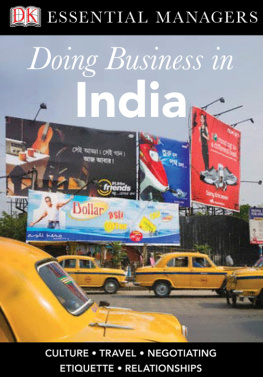






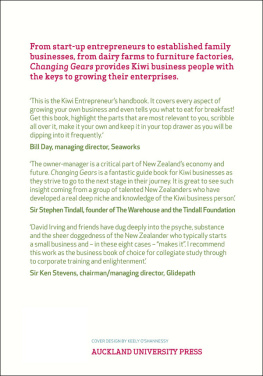
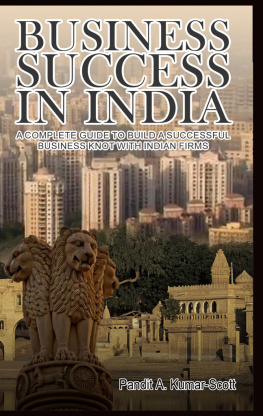


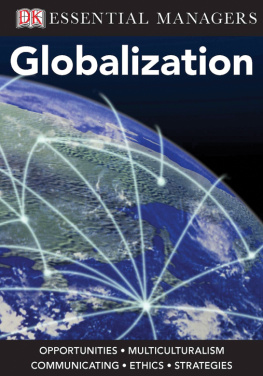
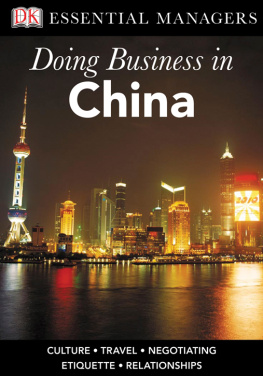


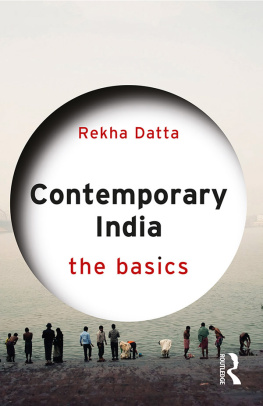



 Multiple languages
Multiple languages Think diverse
Think diverse